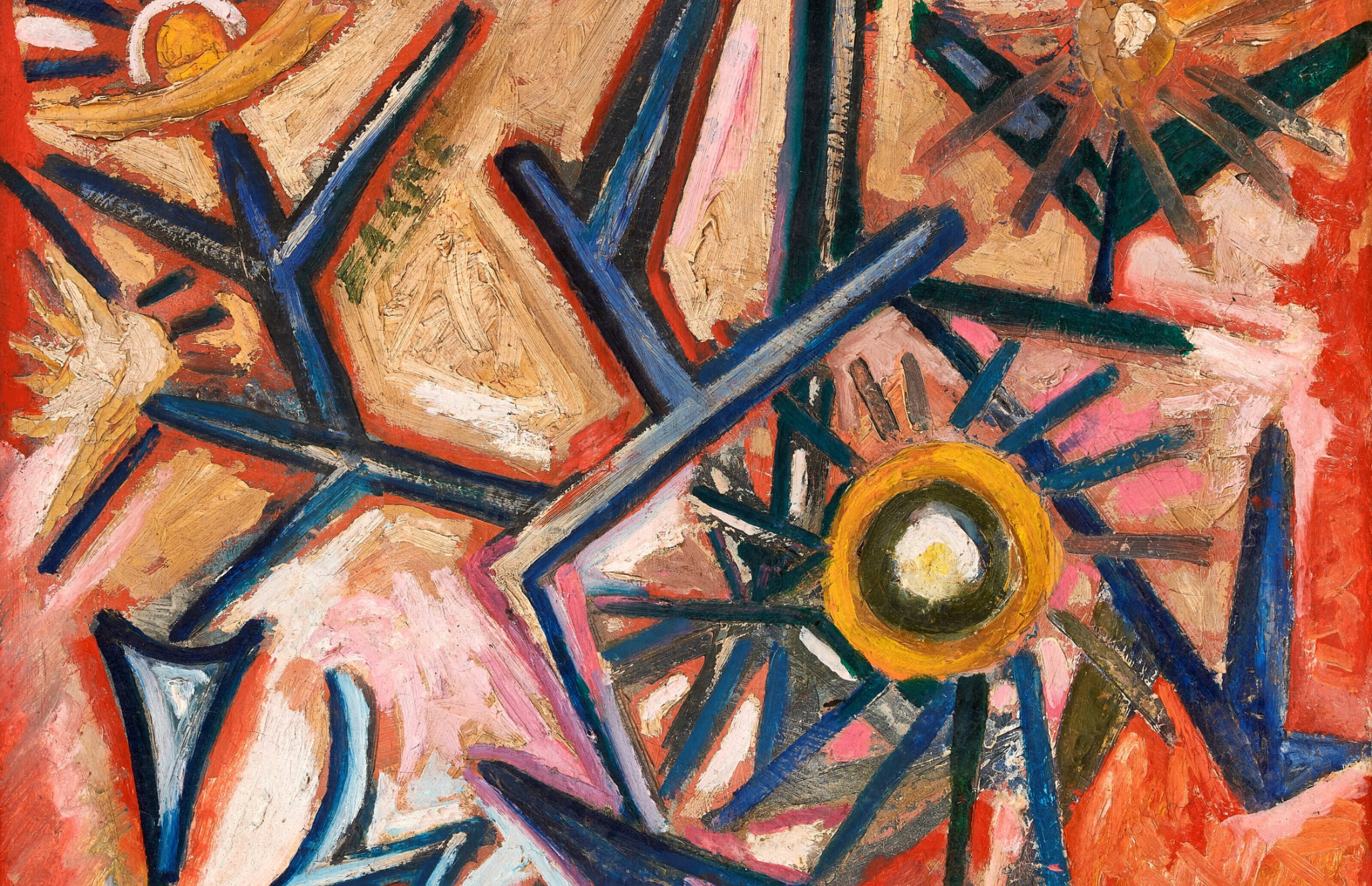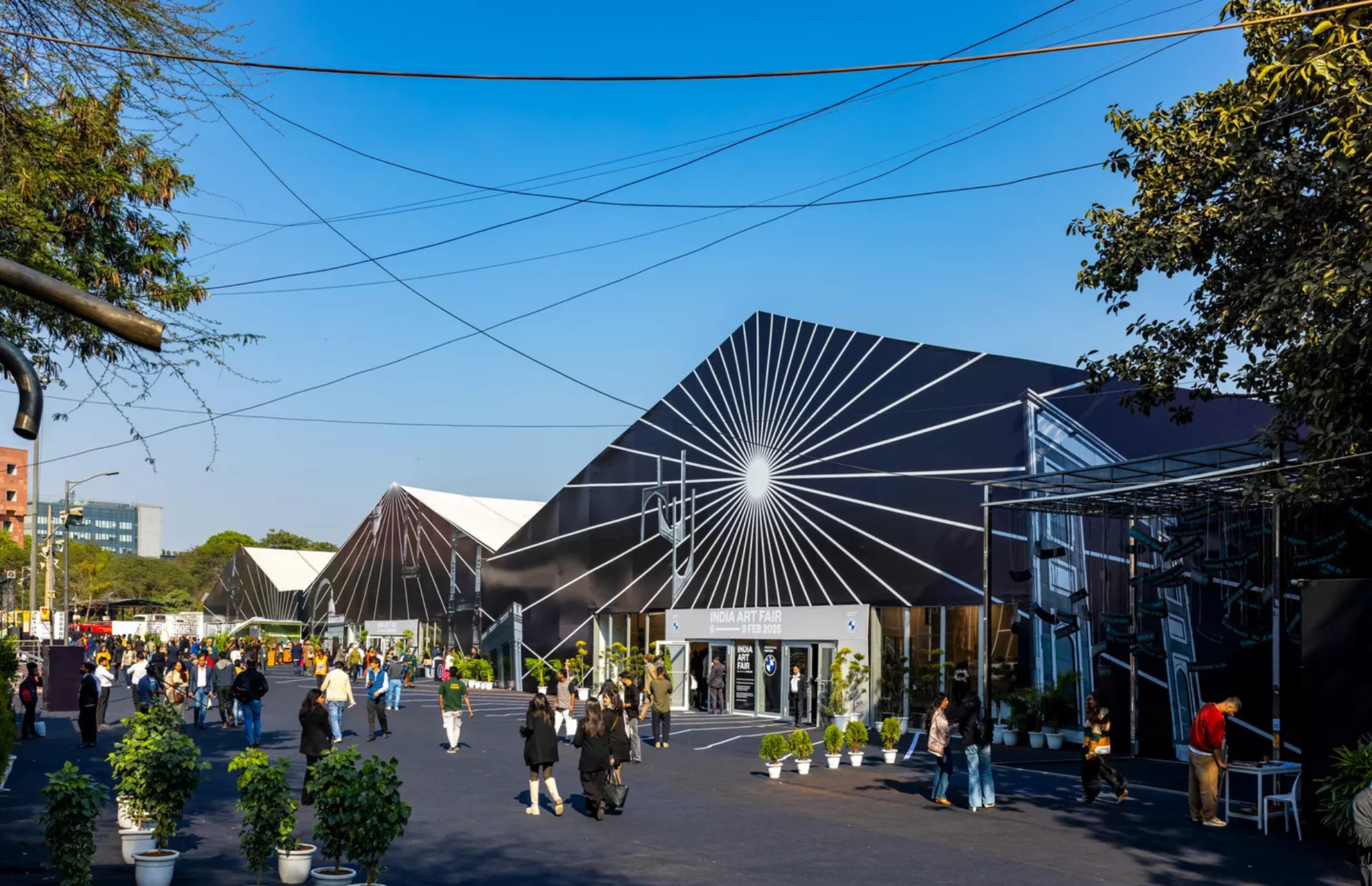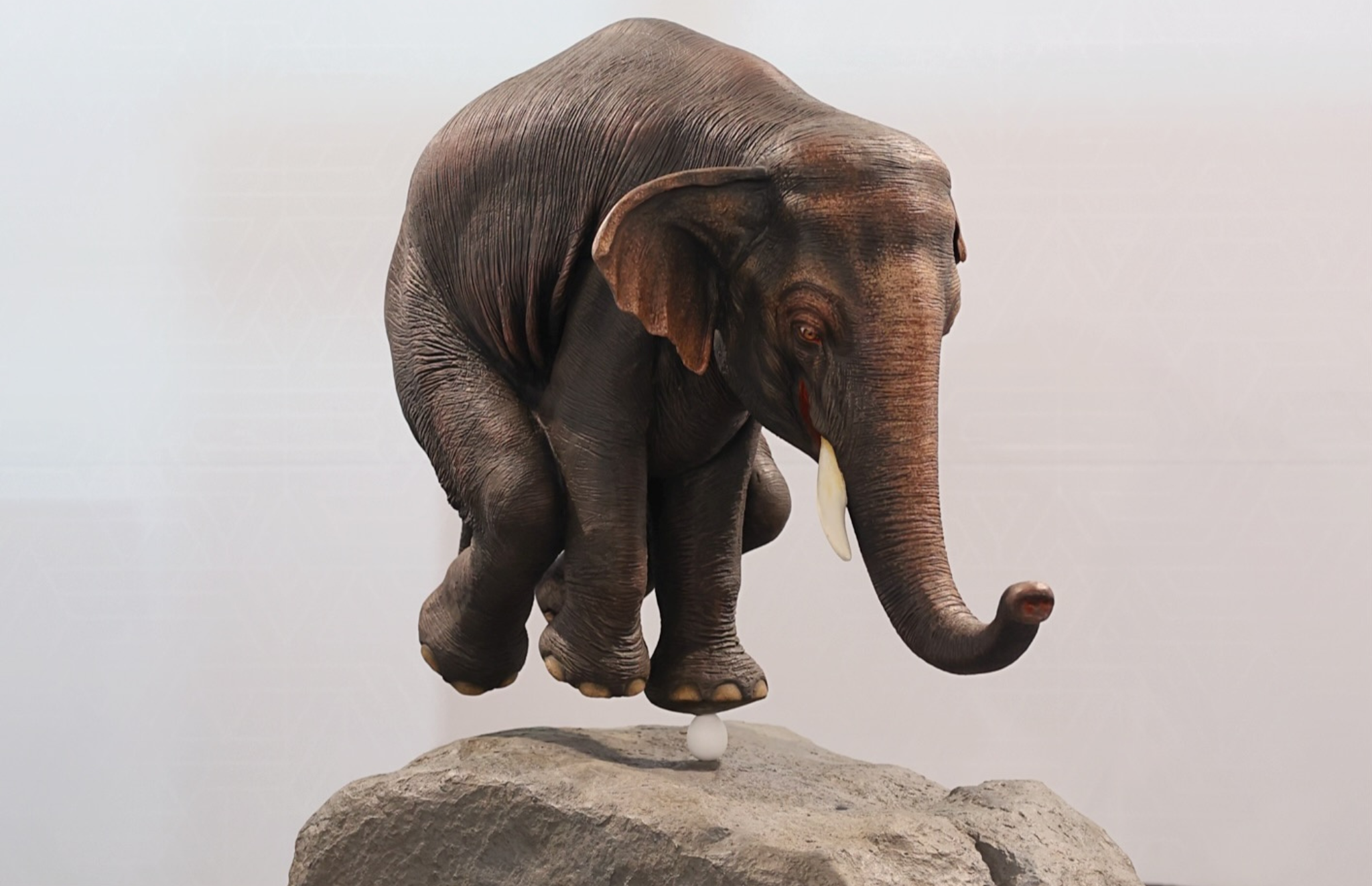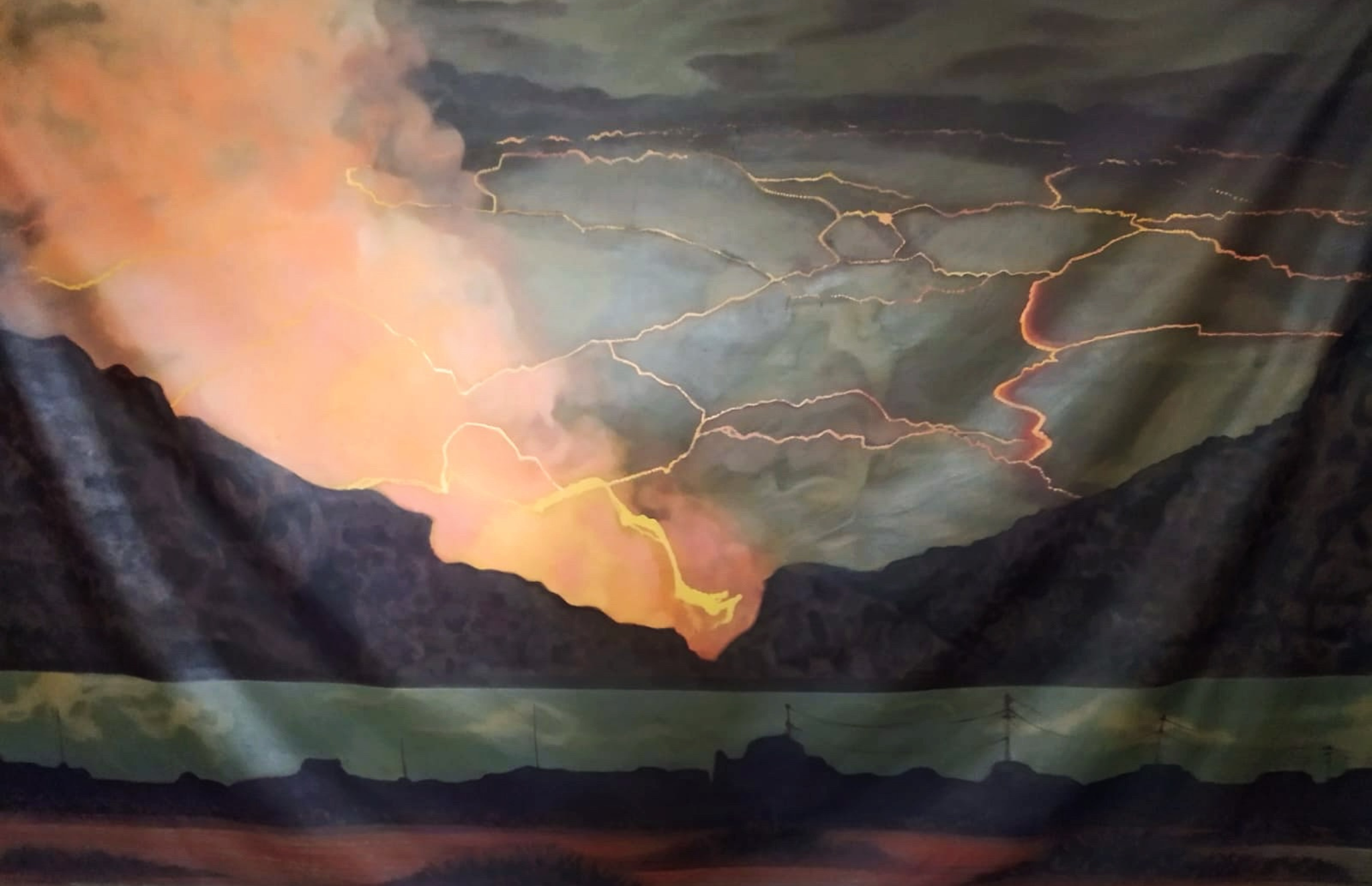The Sixties Show: A Comprehensive Account of a Tempestuous Decade

Opening the new art space at Claridges in Delhi, DAG’s The Sixties Show presents a collection that is disjunctured, yet coherent. From the release of Mughal-e-Azam to Satyajit Ray directing some of his finest works, the 1960s epitomise a unique unravelling of Indian history, which is also evident in the art produced during the course of this decade. The works in this exhibition pay serious attention to form – be it bodily, temporal or spatial. But this stylised abstraction leaves plenty of room to accommodate the turbulence that characterised post-independence India. This makes modern art the perfect medium for Indian artists to explore.
Shreya Bajaj, Senior Manager of DAG’s art advisory team, recounts the historical happenstances that enabled Indian artists to explore different mediums while traversing around the world, simultaneously reminiscing about India. A more anglicised youth in the 60s would most certainly have had the opportunity to seek out knowledge around the world, while infusing it with their lived Indian experience. This instinct created a new age of artists (some of whom came together to form the Progressive Artists’ Group) that redefined what was considered Indian art.

J. Swaminathan, The Yellow Sign, 1960
A prime example of this is The Yellow Sign, by J. Swaminathan, which mixes tantric symbolism with geometric structure. The work is abstract in both form as well as content; the almost murky mysticism associated with a western understanding of Tantrism is reinvented and replaced by an intentional, stylish ambivalence. It isn’t simply about what is created, but who created it.

K.G Subramanyan, Still Life with Mangoes, 1961
It soon becomes apparent that the collection is structured in a particular manner: while the exhibition can be viewed in whichever order one wishes, beginning from the right and moving towards the left results in a distinct experience. The works begin with a larger scope of abstraction, ranging from tantrism to notions of homelessness, desolation and displacement, moving onto domesticity. We observe abstract studies one after the other, each impressive in its seemingly disoriented depiction. A sea of browns, blues and dirty greys greet us as we examine the eclectic assortment of dinner-table goods that are separate from each other and yet, invoke a distinct sense of a sultry afternoon spent making jam and eating fruit.

From scenes of a domestic nature, the exhibition transitions to corporeal subject matter. While each of the works in this section explores a different narrative, what unites them is a singular emphasis on the human body. While F.N Souza’s work investigates sexual violence with poignance, other works also explore other (less sinister) elements of human sexuality, such as M. F Husain’s Devi. The enduring abstract nature of the works makes them akin to a pareidolic palimpsest – possessing the formal likeness to humanity with inanimate object, while containing within it a multiplicity of superimposed meanings among the faces.

Whether it be landscape, domesticity or the human body, these artists draw from experiences that aren’t explicitly Indian, but nonetheless hint nostalgically towards India (tinged with loss and longing). India is omnipresent, contained within each work and artist, transcending boundaries of form or subject matter. What then is Indian art? Is there an innate ‘Indianness’ to Indian art that is shaped by geography (one would think not) or cultural similarities (in a country as diverse as India)? There are no easy answers, but we can thank The Sixties Show for prompting us to ask these questions. DAG plans on taking forward this concept and curating subsequent exhibitions such as the Fifties Show and The Seventies Show. I look forward to viewing each through the unique prism of socio-cultural developments in each decade of India’s progression toward Independence.
Text by Khushaali Shukla





